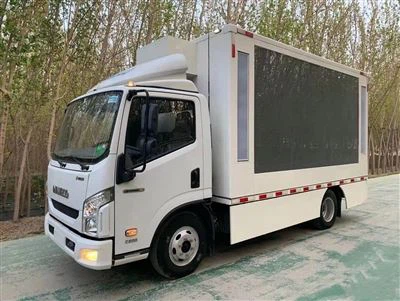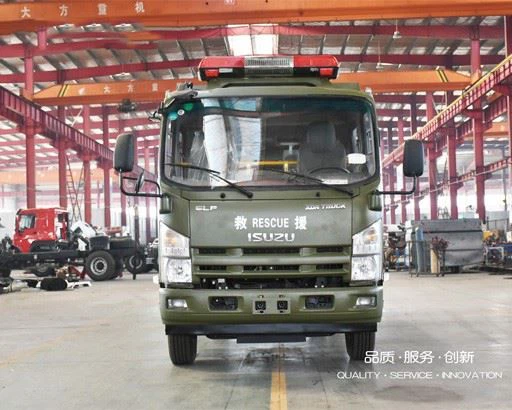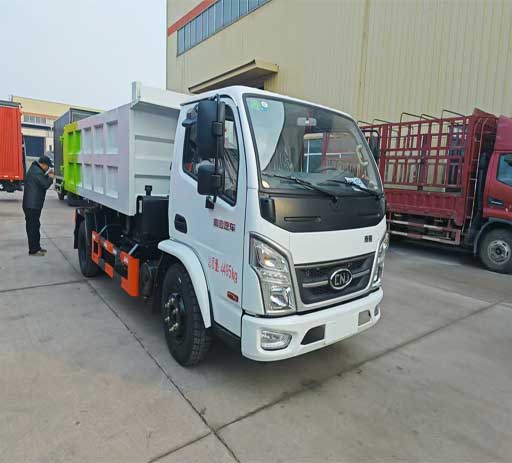Understanding Fuel Bowsers: A Comprehensive Guide

Introduction
Fuel bowsers are essential equipment designed for the storage, transportation, and dispensing of fuel across various industries. These versatile units play a critical role in ensuring that fuels are delivered safely and efficiently to different locations. With a rising importance on environmental safety and efficient fuel management, understanding fuel bowsers’ components, operations, and applications is crucial for businesses and individuals involved in fuel logistics.
What is a Fuel Bowser?
A fuel bowser is a mobile tank system used for transporting and storing fuel. Typically mounted on trailers or trucks, these units are designed to meet specific safety standards for handling different types of fuels, including diesel, petrol, and biofuels. Fuel bowsers can be equipped with various dispensing mechanisms and safety features, making them vital in agricultural, construction, mining, and emergency response sectors.
Key Components of a Fuel Bowser
Fuel bowsers are composed of several essential components, each playing a vital role in the unit’s overall functionality:
- Storage Tank: The primary container that holds the fuel. It’s usually constructed from durable materials to withstand environmental exposure.
- Pump: Used for dispensing fuel from the tank to the desired location. Pumps can be manual or powered by electricity or a generator.
- Hoses and Nozzles: These components facilitate the transfer of fuel. High-quality hoses and nozzles are crucial for preventing leaks during operation.
- Metering System: This system ensures accurate fuel dispensing and helps in tracking usage for inventory management.
- Safety Features: Modern bowsers come equipped with various safety mechanisms, including emergency shut-offs, spill containment trays, and leak detection systems.
Types of Fuel Bowsers
Portable Fuel Bowsers
Portable fuel bowsers are flexible units that can easily be transported to various job sites. They are often used in construction and agricultural sectors, allowing quick and efficient fuel delivery.
Static Fuel Bowsers
Static fuel bowsers are fixed installations typically used in one location. They provide a reliable fuel source for businesses that require a constant supply without the need for transportation.

Aviation Fuel Bowsers
Designed specifically for airports and aviation facilities, aviation fuel bowsers are equipped to handle aviation fuel types like Jet A-1. These bowsers have specialized metering and filtering systems to meet industry regulations.
AdBlue Bowsers
AdBlue bowsers are used specifically for the storage and dispensing of AdBlue, a solution used in diesel vehicles to reduce emissions. They must comply with specific guidelines to prevent contamination and ensure proper handling.
Operating a Fuel Bowser Safely
Safety is paramount when operating fuel bowsers. Here are several practices to ensure safe operation:

Regular Maintenance Checks
Routine maintenance is critical for preventing equipment failure and ensuring safe fuel handling. Regularly inspect parts such as:
- Pumps and hoses
- Safety valves and shut-off systems
- Filters and metering systems
Training Personnel
Staff operating fuel bowsers should receive comprehensive training on
- Safe fuel handling practices
- Identifying leaks and malfunctions
- Emergency procedures in case of spills or accidents
Emergency Spill Response
Equip your operation with spill kits and ensure all employees know the emergency protocol in case of a fuel spill. Proper response can mitigate environmental impact and legal consequences.
Choosing the Right Fuel Bowser
Choosing the appropriate fuel bowser relies on several factors:
Assessing Fuel Needs
Determine the quantity and type of fuel required for your operation. Analyze your regular fuel consumption to select a bowser of suitable capacity.
Transportation Capability
Consider the towing capabilities of your vehicle. Ensure that the chosen bowser is compatible with your transportation methods to avoid legal issues.
Checking for Compliance
Different fuels require compliance with specific regulations. Ensure that the selected fuel bowser meets national and local guidelines regarding safety and environmental standards.
Cost Considerations for Fuel Bowsers
The cost of a fuel bowser can vary significantly based on factors such as size, type, and added features. Here’s a breakdown of what influences pricing:
Initial Purchase Price
When budgeting for a fuel bowser, consider the initial purchase cost, which can range from $5,000 to over $25,000, depending on the unit’s specifications.

Maintenance Costs
Regular maintenance is necessary for operational safety. Budget for routine checks that might cost several hundred dollars annually, depending on the frequency of use and servicing needs.
Fuel Costs
While this isn’t a direct cost of the bowser itself, greater efficiency in fuel consumption can lead to overall cost savings in fuel management. Properly maintained equipment dispenses fuel more efficiently, reducing wastage.
Industry Applications of Fuel Bowsers
Agriculture
Agricultural operations often depend on fuel bowsers to refuel equipment and machinery without the need for long transportation distances to gas stations.
Construction
Construction sites utilize fuel bowsers to keep heavy machinery operational, allowing for uninterrupted work on-site and reducing downtime linked to fuel procurement.
Mining
In mining operations, fuel bowsers are essential to ensure remote sites have timely access to fuel, keeping machinery running efficiently amid challenging conditions.
Emergency Services
Fuel bowsers play a crucial role in emergency response situations, allowing firefighters and rescue workers to refuel equipment in the field without delay.
Environmental Considerations
The use of fuel bowsers also raises environmental concerns. Operators must be aware of regulations regarding fuel storage and handling to minimize environmental risks:
Leak Prevention
Invest in quality equipment to prevent leaks, which can lead to contamination of soil and water sources. Using double-walled tanks can help mitigate this risk.
Spill Management Plans
Develop and maintain a spill management plan that outlines procedures for cleaning up spills effectively and ensuring environmental compliance.
Future Trends in Fuel Bowser Technology
The fuel bowser industry is evolving, with an increase in technology use that enhances safety and efficiency:
Smart Fuel Management
IoT technology allows fuel bowsers to monitor fuel levels and usage in real-time, optimizing fuel management processes.
Eco-Friendly Innovations
With a focus on sustainability, the industry may see a rise in the use of alternative fuels and eco-friendly storage solutions.
Automated Dispensing Systems
Automation in fuel dispensing can improve efficiency and accuracy, reducing human error and increasing safety.
FAQs
What is the typical capacity of a fuel bowser?
Fuel bowsers can vary in capacity, with common sizes ranging from 500 to 1500 liters. Larger units can hold up to 10,000 liters or more for industrial applications.
What types of fuel can be stored in a fuel bowser?
Fuel bowsers can store various types of fuels, including diesel, petrol, kerosene, and AdBlue. Some units are specialized for specific fuel types.
How often should I maintain my fuel bowser?
It’s advisable to perform routine maintenance checks at least once a year. However, more frequent checks may be necessary depending on usage and conditions.
Are fuel bowsers environmentally safe?
When properly maintained, fuel bowsers can be environmentally safe. It’s important to have spill containment and emergency response plans in place to manage potential spills.
Can I dispense fuel from a fuel bowser without a pump?
While it is possible to dispense fuel from gravity-fed systems, using a pump ensures a more controlled and safer dispensing process, reducing the risk of spills.
What regulations should I be aware of when using a fuel bowser?
Regulations can vary by region but generally include compliance with safety standards, environmental protection laws, and local transport laws regarding flammable liquids.
